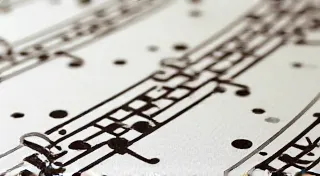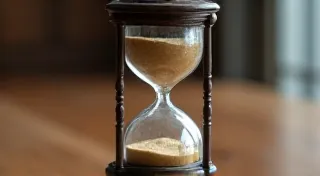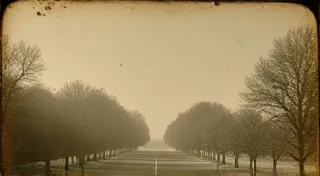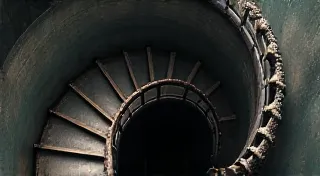The Curator’s Eye: Mastering the Art of First Day Cover Presentation and Preservation
For the serious philatelist, the pursuit of First Day Covers (FDCs) transcends simple acquisition. It’s an embrace of history, artistry, and the tangible echoes of moments past. We’re not merely collecting pieces of paper; we're custodians of narratives, each cancellation a fleeting glimpse into the lives and times of those who sent and received these messages. Think of it like collecting antique accordions – the intricate bellows, the carefully crafted keys, the resonant tones each speaks of a specific era, a skilled craftsman, and the joy of performance. FDCs share that same soulful resonance.
I recall a conversation with a veteran collector, Mr. Elmsworth, a man who exuded the quiet dignity of someone who’s spent a lifetime immersed in a passion. He often spoke of his first FDC, a 1930 Graf Zeppelin commemorative. "It wasn's the rarity, you see," he’s said, his voice raspy with age, "but the feeling. The knowledge that this small piece held a connection to an event that captivated the world. It sparked something in me.” That spark is what drives many of us – the desire to connect with the past through these beautiful objects. The evolution of these beautiful objects has changed so much over time, and it's fascinating to examine the cartographer's canvas and how First Day Cover design has changed so dramatically.
Understanding the Value of Preservation
Beyond the thrill of the hunt and the satisfaction of adding a prized FDC to your collection, lies a profound responsibility. These are not just stamps; they are pieces of postal history, often fragile and susceptible to the ravages of time. Improper handling, storage, and mounting can severely impact their condition, diminishing their value and, more importantly, eroding the stories they hold. Preservation isn't just about maintaining monetary worth; it's about honoring the legacy embedded within each cover. We owe it to future generations of collectors to ensure these treasures are passed on in the best possible condition.
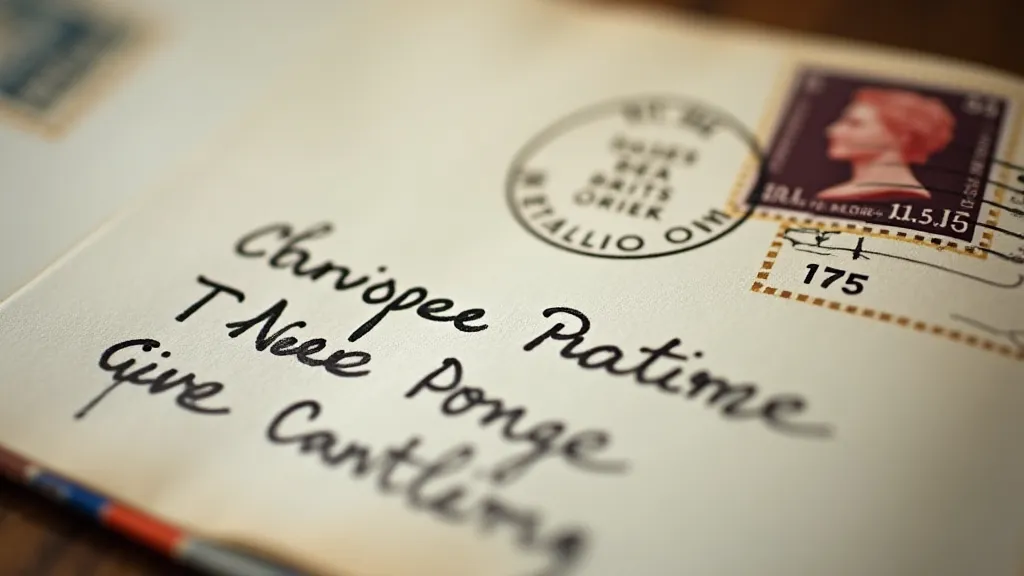
Safe Storage: The Foundation of Longevity
The single most crucial aspect of FDC preservation is proper storage. Forget about dusty albums shoved onto a shelf. Your FDCs deserve far better. Acid-free materials are non-negotiable. This applies to everything – albums, stock pages, and even the sleeves you use to protect individual covers. Acidic materials react with the paper and ink, causing discoloration, brittleness, and eventual disintegration. Invest in high-quality archival sleeves, preferably made of Mylar or polypropylene. These materials offer superior protection against moisture, dust, and light. Think about the journey of a letter, and how the passage of time impacts the condition of even the most carefully handled items. It's a continuous cycle, leaving ephemeral echoes of events past.
Consider the environment itself. High humidity and fluctuating temperatures are enemies of paper. A cool, dry, and stable environment is ideal. Avoid attics, basements, and areas exposed to direct sunlight. Many serious collectors utilize climate-controlled storage units to maintain optimal conditions. Understanding how scarcity plays into the overall value of an FDC is also very important.
Mounting Techniques: A Delicate Art
Mounting an FDC is a skill that requires patience and precision. Avoid using traditional gum hinges, as they can damage the original gum and leave unsightly residue. Instead, opt for clear, archival mounting strips or acid-free photo corners. The goal is to secure the cover without permanently adhering it to the album page, allowing for future removal without causing further damage.
When using mounting strips, position them carefully, ensuring they don’t obstruct any significant markings or design elements. Photo corners offer a less intrusive option, particularly for covers with delicate gum or intricate cancellations. Regardless of the method you choose, handle the FDC with clean, cotton gloves to prevent fingerprints and skin oils from transferring.
Showcasing Your Collection: Respectful Display
Once your collection is carefully stored and mounted, the temptation to display it can be strong. While showcasing your FDCs is a rewarding experience, it’s essential to do so respectfully. Avoid exposing your collection to direct light, which can cause fading and discoloration. Consider using display cases with UV-protective glass to minimize light damage.
When presenting your collection to others, be prepared to share your knowledge and passion. Explain the historical context of each FDC, highlighting its significance and rarity. Encourage others to appreciate the artistry and craftsmanship that went into creating these beautiful pieces of postal history. The subtle nuances within a cancellation are part of what makes these covers truly special, and contributes to the overall poetic nature of them.
Beyond the Basics: Addressing Conservation Concerns
While preventative measures are the best defense against deterioration, sometimes conservation efforts become necessary. Stains, tears, and other imperfections can detract from the value and aesthetic appeal of an FDC. However, any attempt at restoration should be undertaken with extreme caution and preferably by a qualified philatelic conservator. Amateur restoration attempts can easily cause irreparable damage.
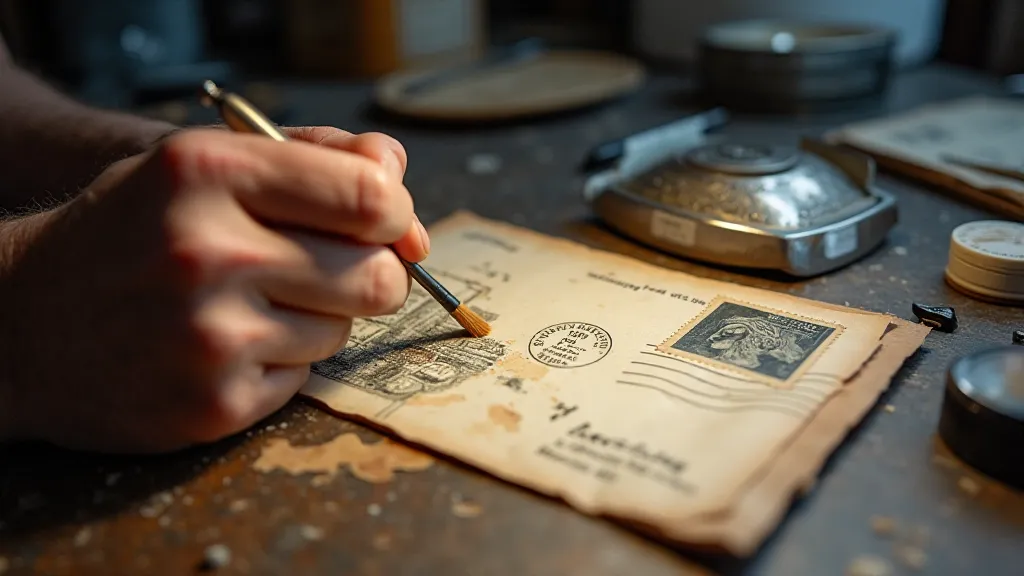
Simple cleaning with a soft brush can sometimes remove surface dirt and grime. However, attempting to remove stains or repair tears requires specialized knowledge and materials. A conservator can assess the condition of the FDC and recommend the most appropriate course of action, whether it involves gentle cleaning, stain reduction, or tear mending. It's fascinating to think about how limited edition covers influence the overall market value – the butterfly effect of scarcity plays a significant role in the world of philately.
The Philatelic Community: Sharing Knowledge and Expertise
The world of FDC collecting is a vibrant community of enthusiasts, eager to share their knowledge and expertise. Joining a local philatelic society or online forum can provide invaluable insights into preservation techniques, identification guides, and market values. Attend stamp shows and auctions to connect with other collectors and learn from the best in the field. Sharing insights and experiences with fellow collectors often leads to a deeper understanding of the nuances of cancellations, which is one of the core reasons for the poetic quality of these covers.
Remember, preserving FDCs is not just about maintaining their monetary value; it’s about safeguarding a tangible connection to the past. It’s about honoring the legacy of those who sent and received these messages, and ensuring that future generations can appreciate the beauty and historical significance of these remarkable artifacts. Like the quiet resonance of an antique accordion, a well-preserved First Day Cover speaks volumes about the dedication and passion of those who cherish them.
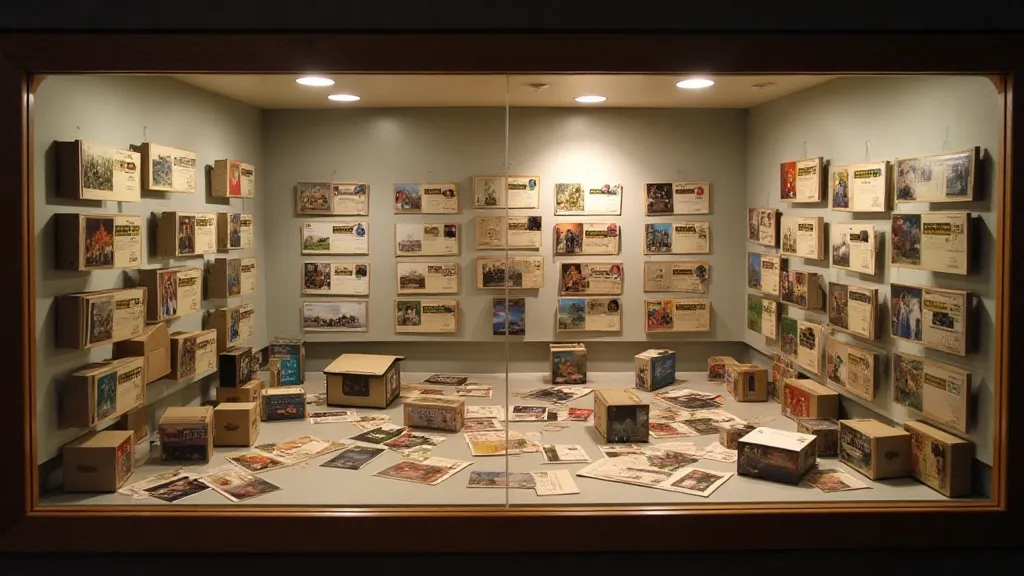
The pursuit of First Day Covers is a journey of discovery, a quest for beauty, and a commitment to preservation. Embrace the challenge, share your passion, and become a curator of these remarkable pieces of postal history. Further exploration into the details of cancellations reveals a silent dialogue – the silent dialogue embedded within each cover.
